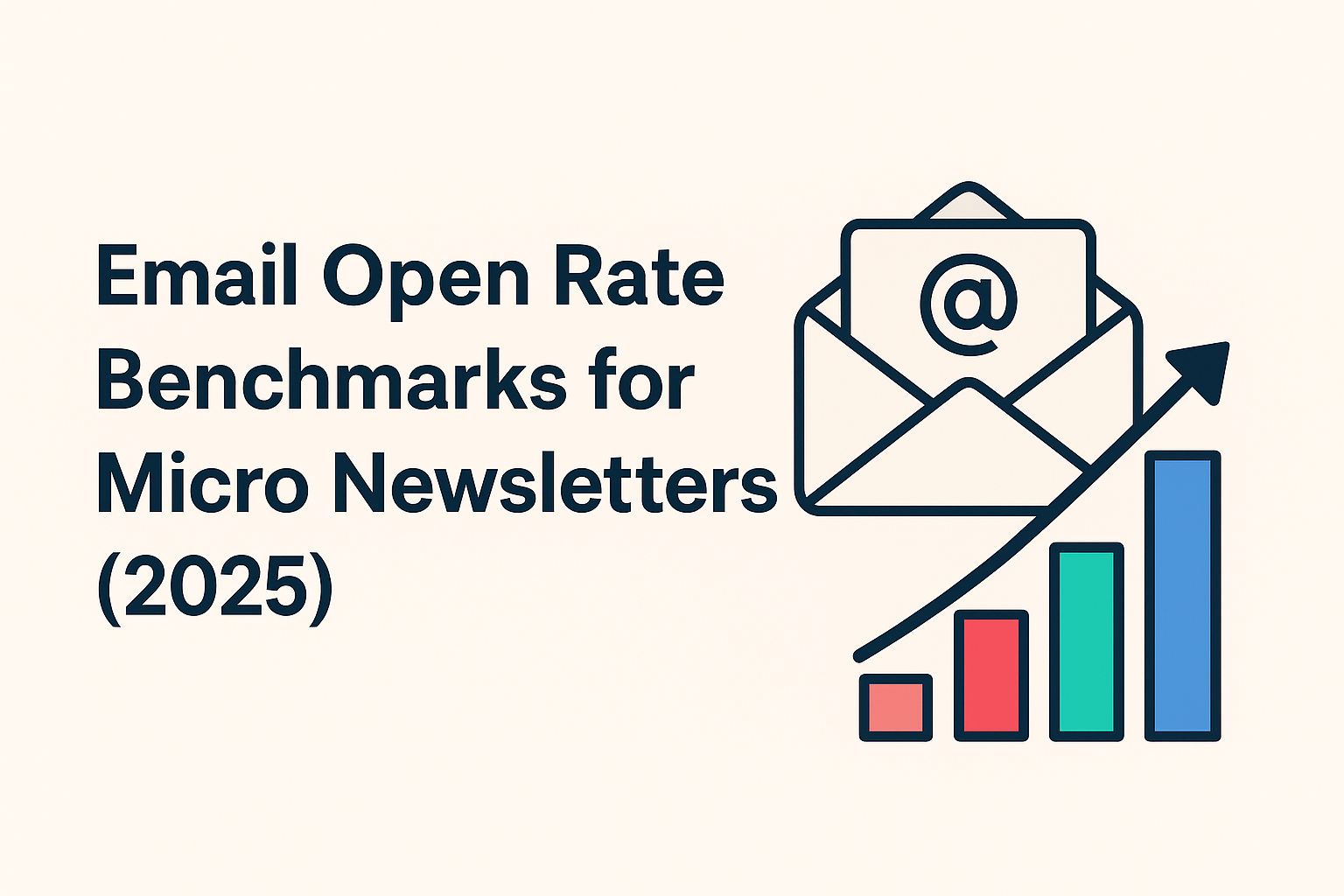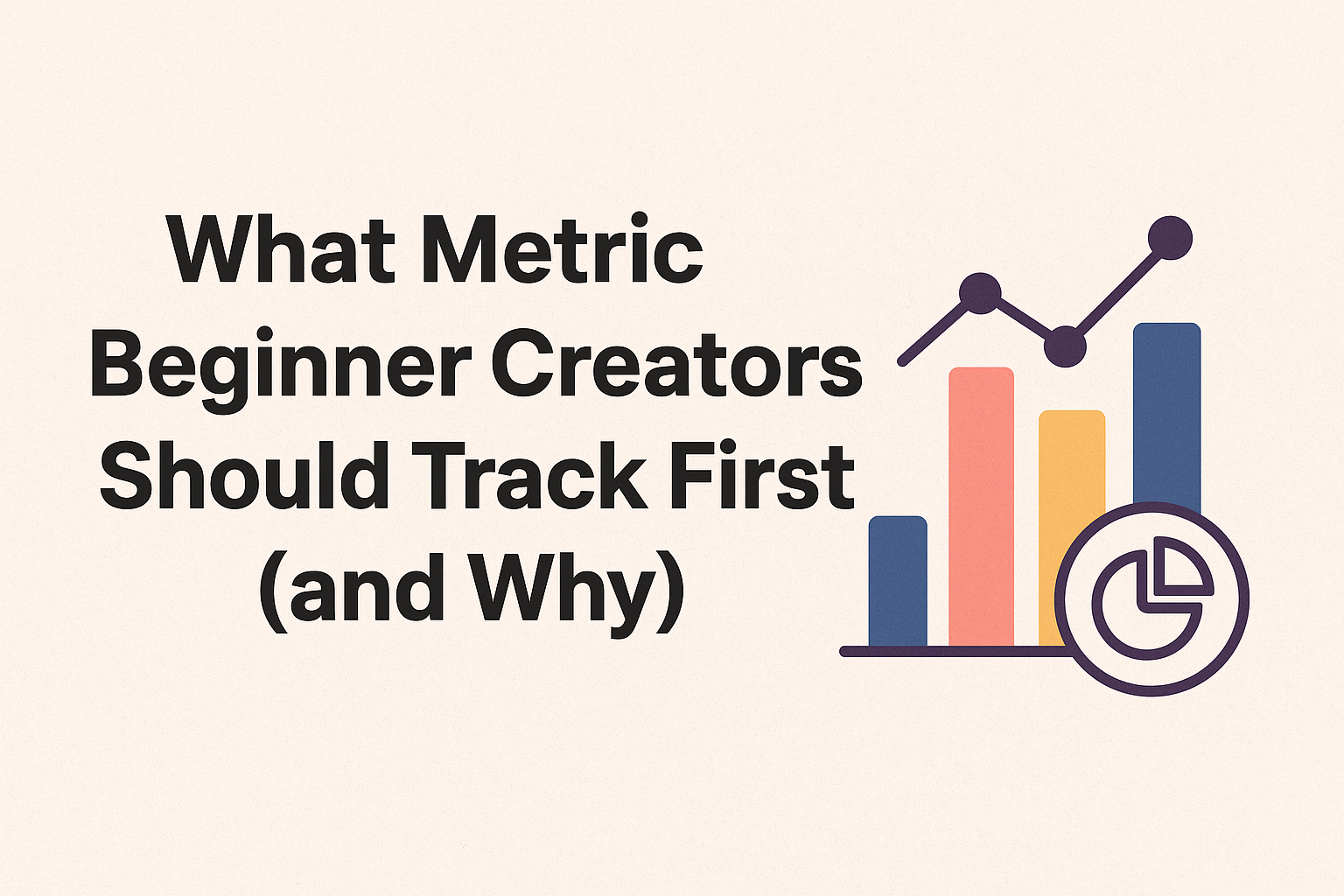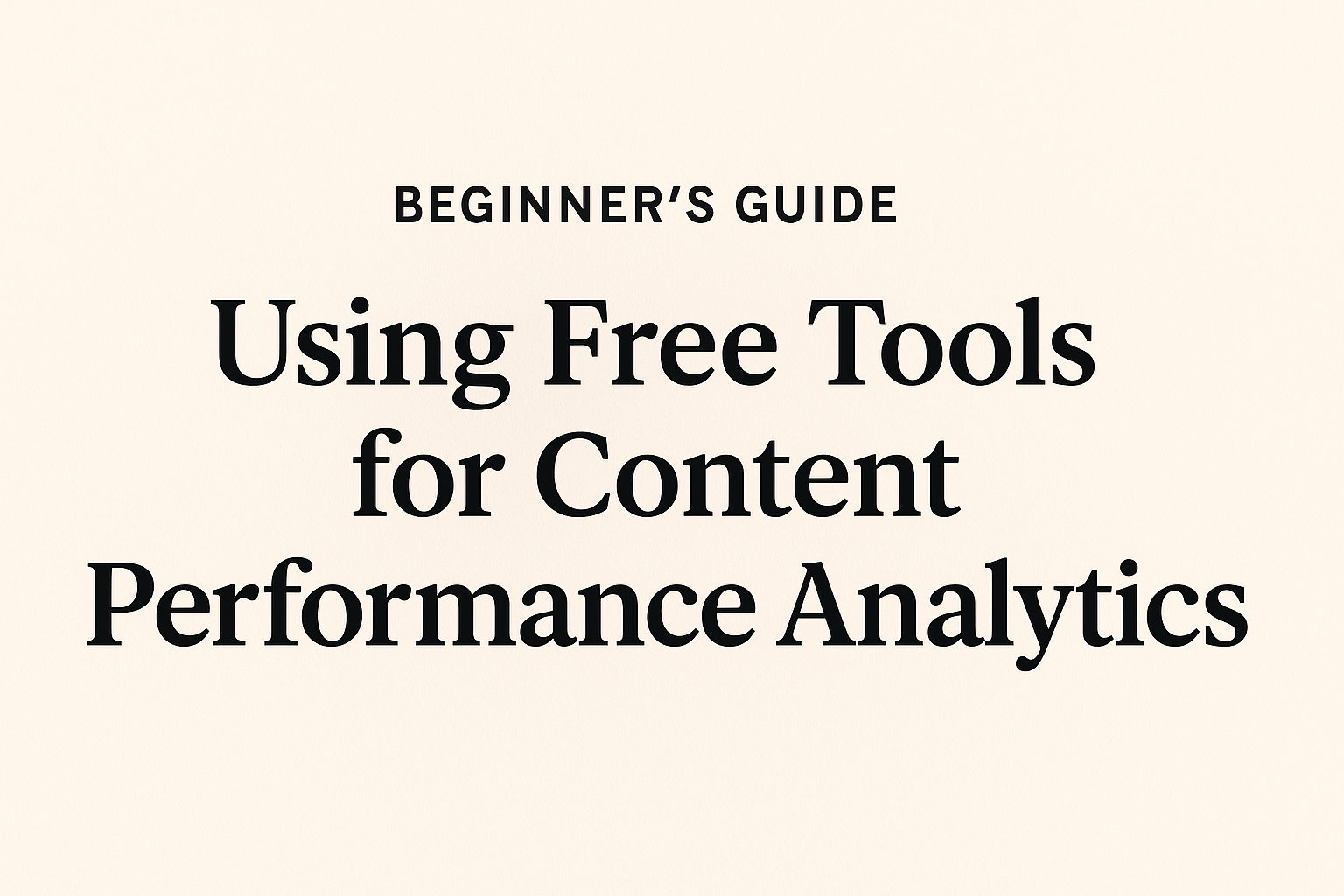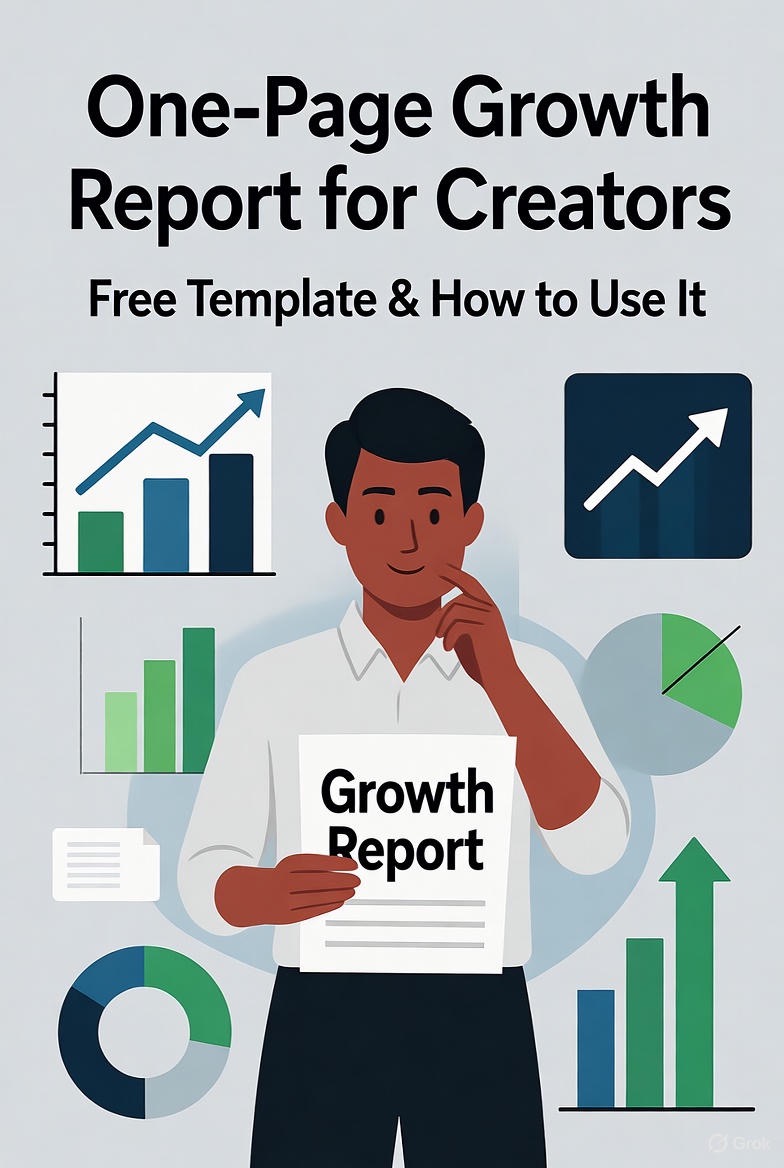-

How to Find Untapped Keywords with Low Difficulty in Content Writing
If you’ve ever stared at your analytics dashboard wondering why your content isn’t ranking, you’re not alone. One of the biggest challenges writers and marketers face is choosing the right keywords — not just popular ones, but those hidden gems with low competition and high potential. The good news? Finding untapped keywords isn’t about luck…
-

Email Open Rate Benchmarks for Micro Newsletters (2025)
Micro newsletters — the focused, high-engagement cousins of traditional email marketing — continue to outperform broader campaigns. Whether you’re publishing a niche B2B digest or a personality-driven Substack, understanding open rate benchmarks in 2025 is essential for measuring real connection with your audience. This guide breaks down what’s normal, what’s possible, and what you can…
-

What Metric Beginner Creators Should Track First (and Why)
When you’re new to content creation — whether you’re building a blog, YouTube channel, podcast, or social media presence — it’s easy to drown in numbers. Views, followers, impressions, clicks… which ones actually matter? The truth is, you don’t need to track everything. You just need to start with the one metric that tells you…
-

Beginner’s Guide: Using Free Tools for Content Performance Analytics
If you’re publishing content online, tracking how it performs isn’t optional — it’s essential. The good news? You don’t need expensive software to understand what’s working. A handful of free tools can give you powerful insights into how readers find, engage with, and respond to your content. Here’s a beginner-friendly guide to the best free…
-

Maximizing Email List Growth: Data-Backed Strategies for Solopreneurs
Hey there, fellow solopreneur! If you’re juggling everything from client work to content creation, you know time is your most precious asset. Building an email list might not sound glamorous, but it’s one of the smartest moves you can make. Why? Because email marketing delivers a staggering $42 in return for every $1 spent.…
-

One-Page Growth Report for Creators — Free Template & How to Use It
Track the 6 metrics that matter for creators on one page. Download a free template and learn how to run the quarterly review that powers smarter launches. Why Every Creator Needs a Quarterly Growth Report Creators today live in dashboards — analytics for YouTube, Instagram, Substack, and Shopify. But too many metrics can blur the…
-

Data-Driven Social Media Scheduling for Solopreneurs: Work Smarter, Not Harder
If you’re a solopreneur, time is your most valuable resource. Between managing your business, serving clients, and handling admin tasks, social media can feel like a full-time job in itself. But what if you could use data-driven social media scheduling to save hours each week—while improving engagement and growth? Let’s explore how to make smarter…
-

How to Audit Under-Performing Blog Posts and Improve Them
Even the best content can lose momentum over time. Maybe your blog post once ranked well, but traffic has dipped. Or perhaps it never gained traction in the first place. Either way, learning how to audit under-performing blog posts can turn quiet pages into steady traffic generators. This guide walks you through a practical, data-driven…
-

Beginner’s Guide: Using Free Tools for Content Performance Analytics
Here’s a Beginner’s Guide: Using Free Tools for Content Performance Analytics — crafted to be actionable and accessible even if you’re just starting out: Introduction Creating content is one thing — knowing whether it works is another. Content performance analytics help you understand what content resonates, where your gaps are, and how to improve. Fortunately,…
-
Data-Driven Decisions for Small Business Owners: A No-Fluff Guide
Stop guessing and start growing. This practical guide shows small business owners exactly how to use data to increase profits, reduce costs, and make smarter decisions—without needing a data science degree. Introduction: Why Your Gut Isn’t Enough Anymore Remember when you could run a business on instinct alone? Those days are over. Here’s the hard…